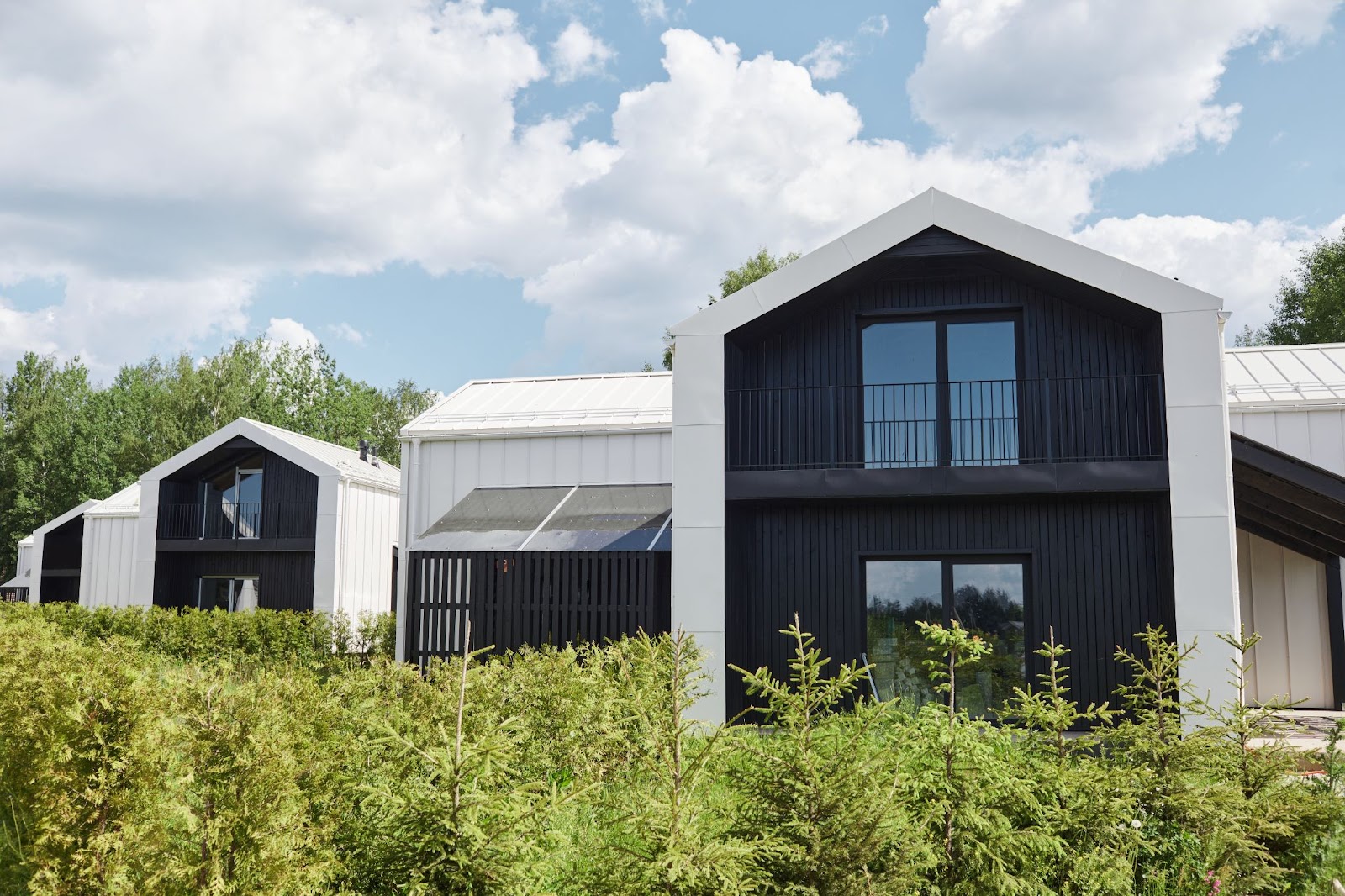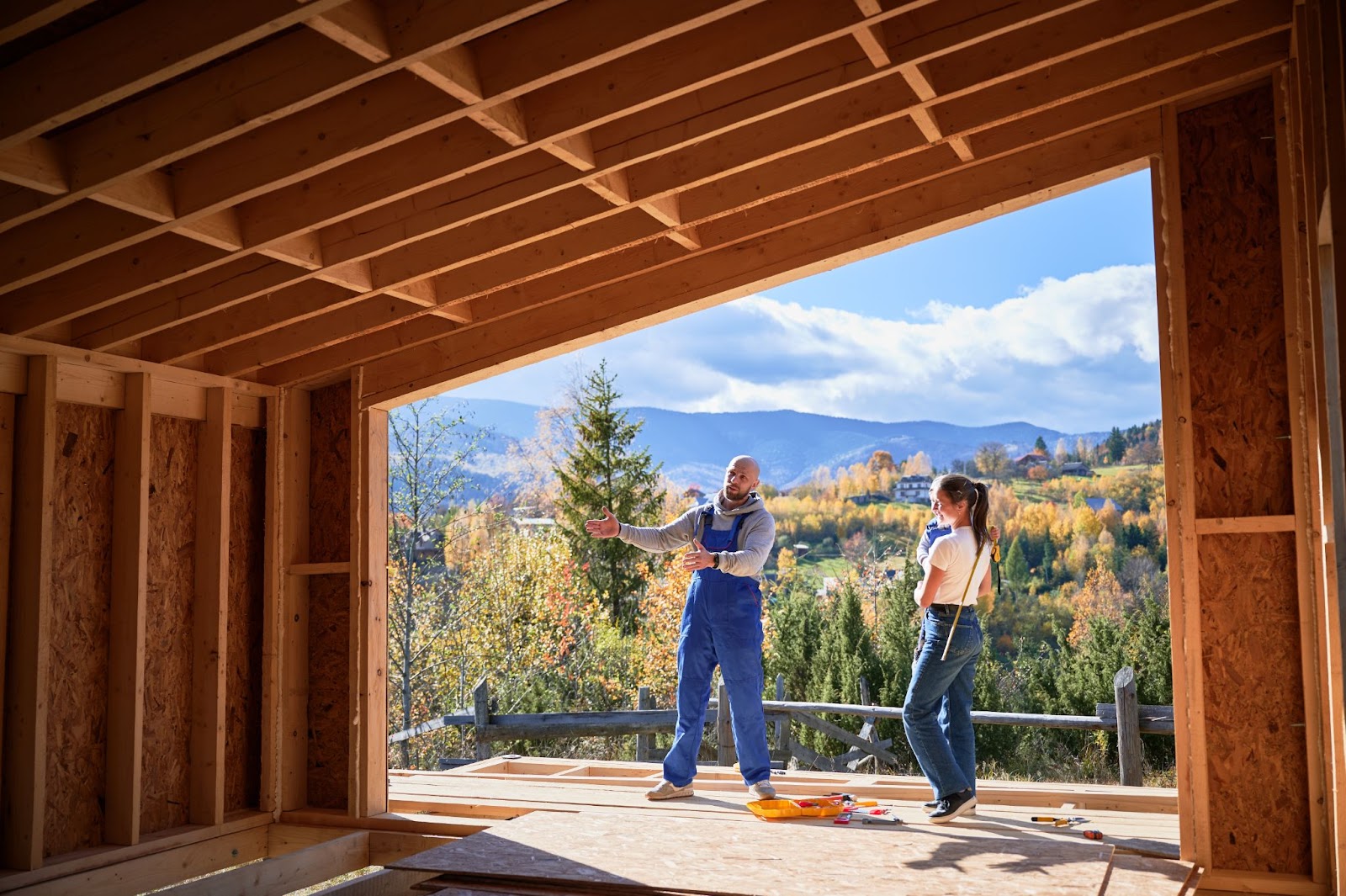Prefabricated homes, often referred to as prefab or modular homes, are an increasingly popular housing option for many Australians. These homes offer various benefits, from being a cost-effective solution to providing a more sustainable living option or a quicker construction process.
However, it’s important to carefully weigh the pros and cons before making a decision. In this blog, we’ll explore the key advantages and disadvantages of prefabricated homes to help you make an informed choice.
What Is a Prefabricated Home?

Prefabricated homes are built off-site in sections and later assembled at the final location. These homes include modular, manufactured, and kit homes, all built in factory environments before being transported to the home site.
Prefabs must meet local building standards and offer various levels of customisation. Let’s dive into the benefits and potential drawbacks of choosing this construction method.
Pros of Prefabricated Homes
1. Affordability
One of the most significant advantages of prefabricated homes is their affordability. These homes are generally more cost-effective than traditional, site-built homes. The factory construction process is highly efficient, reducing material waste and labour costs.
According to estimates, a prefab home can be about 10% to 25% cheaper than a traditional home. This affordability makes them an attractive option, particularly for first-time homebuyers.
2. Energy Efficiency
Prefab homes are built with energy efficiency in mind. The precision involved in the factory construction process means that walls and windows are tightly sealed, reducing energy loss.
Many prefab designs include eco-friendly features like solar panels, rainwater collection systems, and energy-efficient windows, which can help lower your utility bills in the long run. This focus on sustainability aligns with the growing demand for eco-friendly living.
3. Fast Construction

Prefabricated homes are typically constructed much faster than traditional homes. The factory process is unaffected by weather conditions, and once the components arrive at the site, they can be assembled in a matter of weeks. For people looking to move in quickly or those working within tight timelines, prefab homes provide a speedier alternative.
However, it's important to remember that while the home itself is quickly built, site preparation and permits can take time.
4. Sustainability
Prefab homes are often praised for their sustainability. They produce less construction waste compared to traditional builds, and many models are designed to include green features like solar power and water conservation systems.
If you’re looking to reduce your carbon footprint, prefab homes can offer an eco-friendly alternative to traditional housing.
5. Quality Control
Because prefab homes are constructed in a controlled factory environment, they benefit from stricter quality control compared to on-site construction. The process minimises the potential for weather-related damage and ensures that materials are not exposed to the elements, leading to a more durable build.
Cons of Prefabricated Homes
1. Limited Customisation
While prefab homes offer various design options, they typically allow for less customisation compared to traditional homes. The modular nature of these homes means that buyers may have fewer choices when it comes to layout, materials, and finishes.
For homeowners looking for a highly personalised design, this could be a disadvantage.
2. Land and Site Preparation Costs
Although prefab homes are generally cheaper, the costs associated with land purchase and site preparation can add up. You'll need to factor in expenses for preparing the site, laying a foundation, and connecting utilities such as electricity, water, and sewage.
These costs can sometimes offset the initial savings from choosing a prefab home.
3. Transportation and Assembly Issues

Transporting prefab sections to the home site can present logistical challenges. The size of the modules and the condition of the access roads can affect how easily the home can be delivered. There is also the risk of damage during transit, which could delay the construction process or increase costs.
4. Resale Value
Prefabricated homes may not have the same resale value as traditional homes. This could be due to outdated perceptions that prefab homes are of lower quality, even though many are built to last. In certain real estate markets, they may be less appealing to buyers, which could affect how much you can sell the home for later.
5. Financing Challenges
Obtaining financing for a prefab home can be more complicated than for a traditional home. Some lenders are hesitant to finance prefab homes, and interest rates may be higher. This is particularly true for less common types like manufactured or kit homes, so it’s important to check with lenders before making any commitments.
Is a Prefabricated Home Right for You?

Prefabricated homes offer a wide range of benefits, from lower costs and faster construction to better energy efficiency and sustainability. However, they also come with limitations, particularly around customisation, transportation, and site preparation costs.
For those prioritising affordability and eco-friendliness, a prefab home could be an ideal solution. But as with any major decision, it’s crucial to weigh the pros and cons to ensure that a prefab home is the right fit for your lifestyle and needs.
If you’re considering building a prefab home, it’s essential to do thorough research, understand all associated costs, and consult with professionals to ensure a smooth building process.
Publisher Website: www.homeshelf.com.au